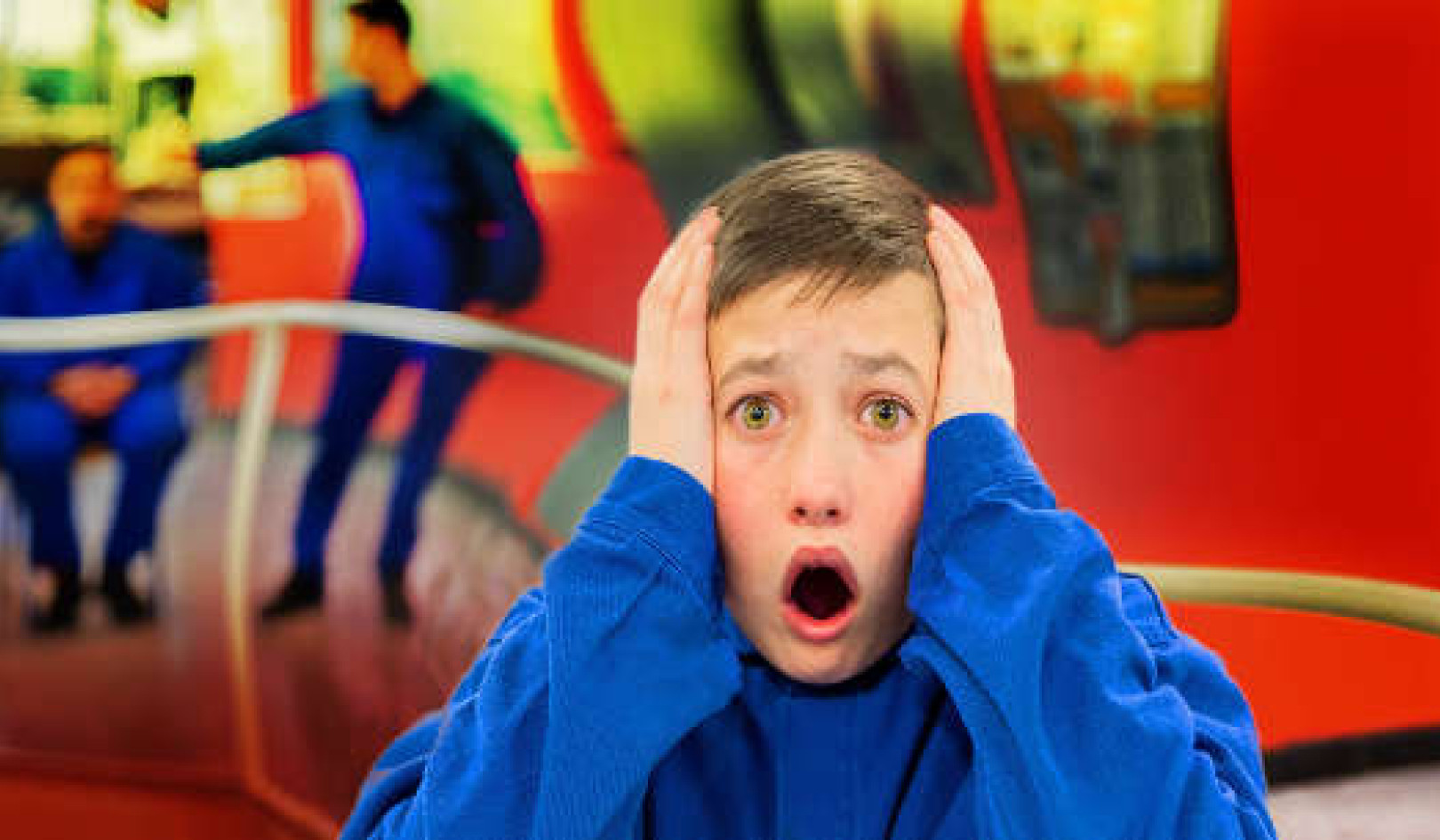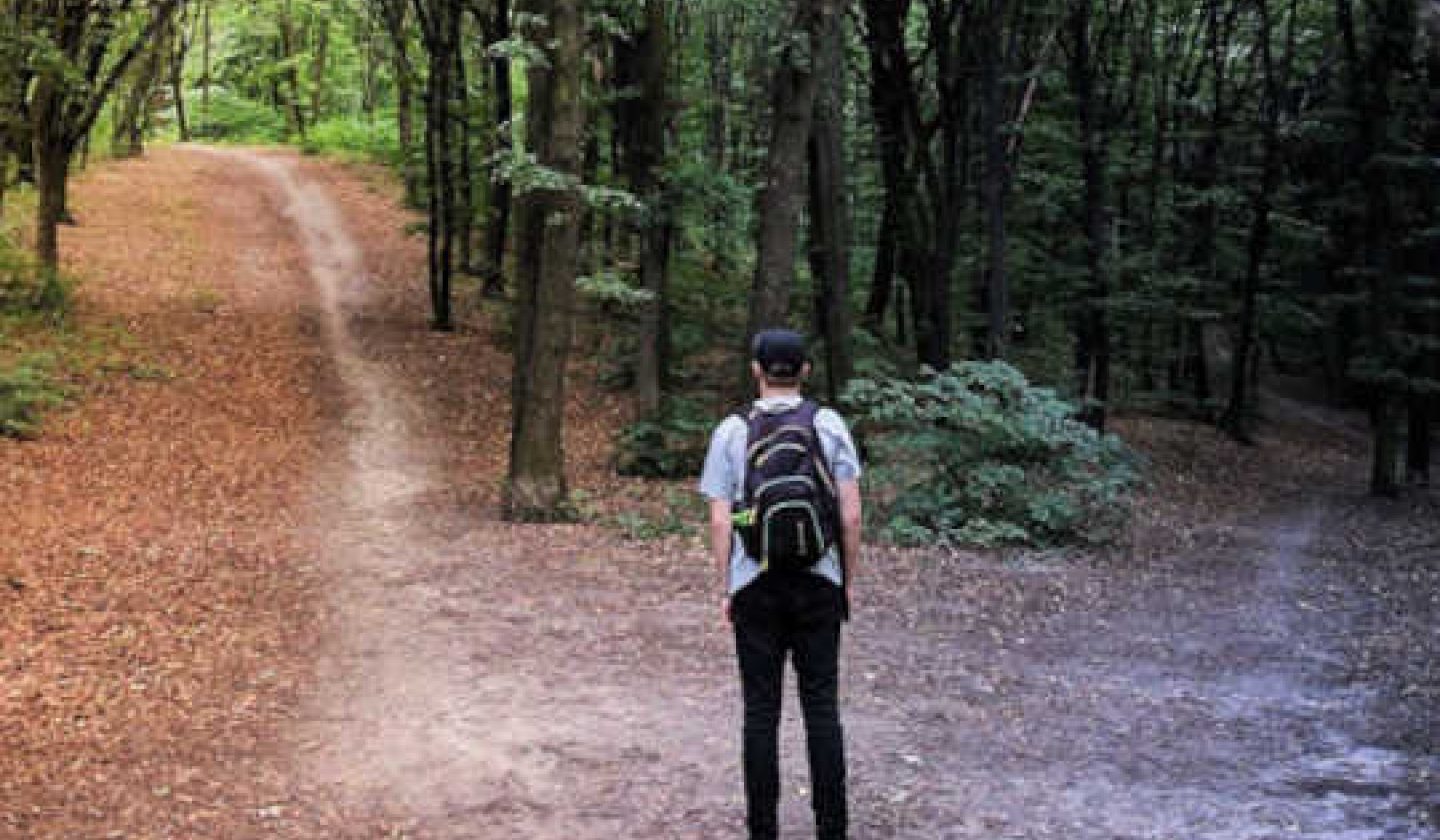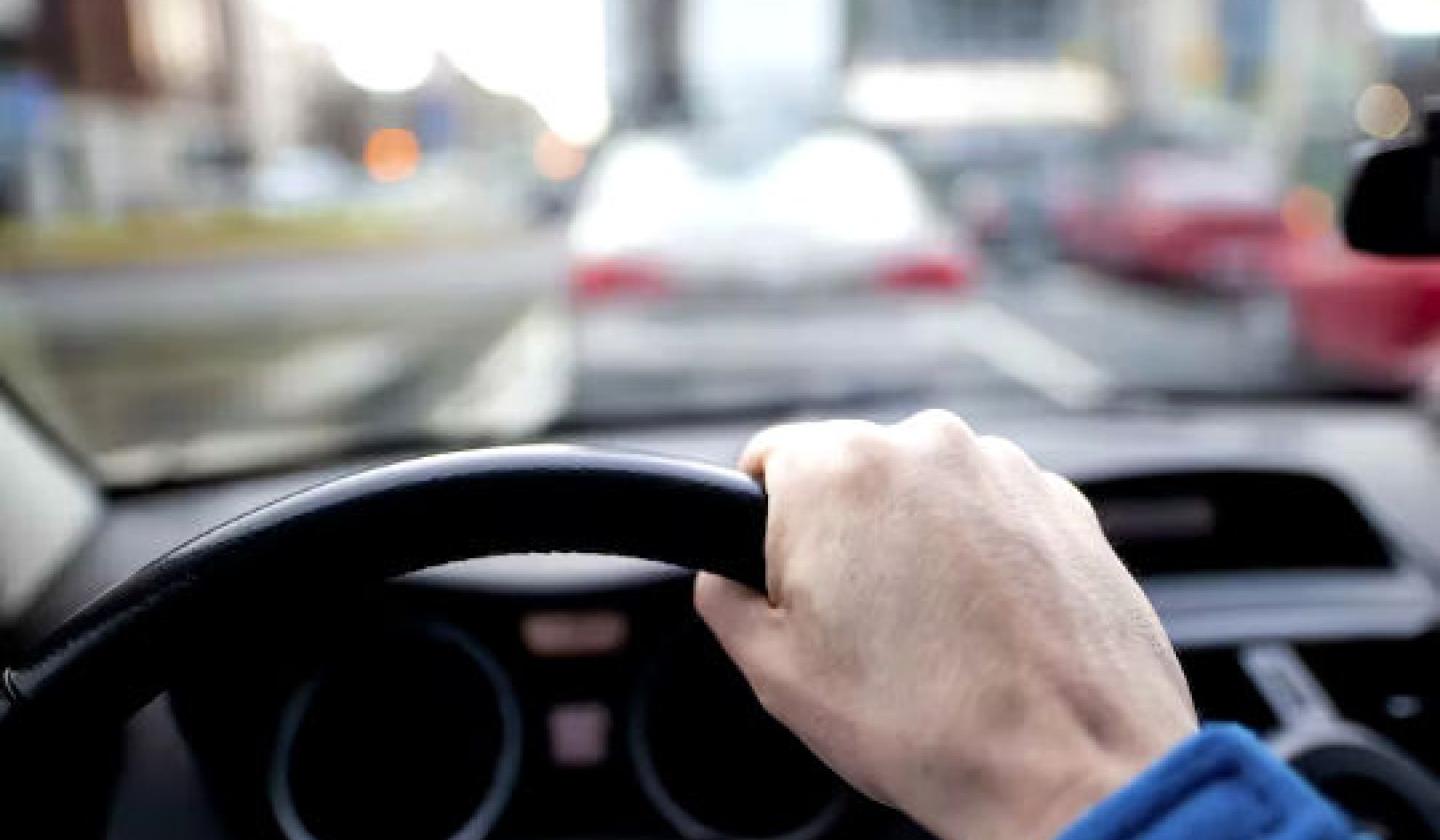
You’re on the road to work, when your mind drifts ahead to the lecture you’re scheduled to give in the afternoon. You rehearse your talk to yourself as you pull up to the office, preparing yourself for the questions your colleagues might ask. Later, as you cull your e-mail inbox, you mull your lunch options as you scroll endlessly.
These are just a few examples of how every action we take in the real world also carries with it the hidden, alternate action we only imagined taking. Considerable research effort has been invested in understanding the how and why of our active decision making, but new lines of evidence tell us that the time we spend in alternate realities also serves an important neurological purpose.
Many parts of the brain work together to build our mental maps, but the main players in spatial navigation are the hippocampus, the seat of memory in the brain, and the entorhinal cortex, which rests adjacent the hippocampus and relays the information generated there to higher processing areas.
As early as 1948, it was proposed that rodents rely on diverse environmental cues to generate maps to rewards in maze-learning tasks. However, the nature of this map and the cells that generated it remained a mystery. Thirty years later, researchers observed that specific hippocampal cells in rats fire more frequently when they enter specific places. Remarkably, the firing patterns of these networks of cells are stable over time, even in the absence of cues that were present upon their initial activation. The discovery of these descriptively-named “place cells” paved the way for a more precise interrogation of the neurobiological basis of pathfinding.
When place cells were discovered, their proposed function was to create a one-to-one topographic map of a given space. En route from the physical world to the brain, most of our sensory representations exhibit what’s known as topographic organization. Imagine getting into your car and setting out for parts unknown. You might rely on satellite navigation, GPS, or a paper map to guide you to your destination. Just as each point on your map corresponds to a specific landmark on your journey, place cells anchor themselves to specific landmarks in the environment to orient you in space.
Our internal spatial topography is more sophisticated, with hippocampal cells encoding representations of particular stimuli, cues, or rewards in the context of how the animal behaves within those spaces. For example, imagine arriving at the airport in an unfamiliar country. You might have general knowledge of the concept of an airport, along with familiar visual landmarks, that anchor you in this new space. Some of this information is biographical, drawing on your unique memories of other airports.
Depending on whether these experiences were positive or negative, the emotional significance of these spaces will also contribute to your personal map, and all of these factors combine to create the experience of the space that is much richer than a simple assembly of landmarks.
“place cells anchor themselves to specific landmarks in the environment to orient you in space.”
More recent studies in primates revealed that hippocampal cells operate slightly differently in primate brains than they do in rodent brains, firing in response to an array of different stimuli that aren’t strictly location-bound. Ongoing work in mice, primates, and humans have established also that the hippocampus is not a lone actor. Enter the entorhinal cortex, which relays sensory information to the hippocampus and acts as a bridge to the neocortex, where many of our more sophisticated cognitive and motor commands are issued.
Researchers have recently described a network of cells within entorhinal cortex called “grid cells”, which encode your own movement relative to your environment, adding a critical piece to the place cell puzzle when it comes to broader navigation strategies. Grid networks can more precisely plot direction and distances between objects in a space, based on internal motion cues rather than sensory input from the space itself. These systems work together to dynamically represent spaces in ways that can be modified by experience, flexibly incorporating new information but also allowing these spaces to become familiar over time.
But once we have a representation of a space in mind, how do we decide how to interact with it? This requires active decision making, and the fuel for decision is reward. This is where the non-spatial attributes of the neurons that make up our navigation systems become especially important. Researchers found across rodent studies that the perceived reward value or significance of certain objects in an environment can shift the firing patterns of cells more heavily in their direction. A higher predicted reward value associated with a given turn or location in a maze would therefore predict movement in that direction. So what about the paths not chosen?
Recently, a team of researchers at UCSF measured hippocampal place cell firing in rats as they completed spatial navigation tasks. The rats were placed in a maze and their neural activity was imaged in real time as they chose between paths that diverged at a choice point. In this way, the researchers were able to assign unique patterns of place cell firing that corresponded to each arm of the maze after the rat had made a choice and proceeded to travel along it.
Strikingly, when the rat approached the choice point, each of the sets of place cells that represented either arm of the maze fired rapidly in alternation, rolling the dice on either possible future before the choice was made. What this means is that not only the path the animal ultimately travels on in real-time, but the possible alternate path, are represented equally in neural space, providing a mechanistic explanation for mental representations of the future.
“the possible alternate path, are represented equally in neural space, providing a mechanistic explanation for mental representations of the future.”
In rodents, navigation studies take place in simple tabletop assemblies that cannot capture the complexity of a real-world environment. Virtual reality has become ever more popular as personal entertainment, but it also offers researchers unprecedented levels of variety and control in spatial navigation research. A group in the UK has used a mobile game called Sea Hero Quest to capture one of the largest datasets on spatial reasoning across age groups on record.
Gameplay data indicates that spatial reasoning may start to diminish when we’re as young as 19, and players’ route choices differed depending on whether they carried the e4 variant of the APOE gene which has long been used as a clinical diagnostic marker for Alzheimer’s disease. Novel strategies like these that turn simple mobile games into clinical data gathering tools could greatly expand our understanding of exactly how neurodegenerative diseases progress, and speed the development of highly personalized early diagnosis.
Much of our understanding of how we think about the future has emerged from studying patients who can no longer recall the past. Since the very early days of neuroscience, when lesioning studies were often the most informative tools at our disposal to learn about the function of different parts of the brain, we’ve understood that the hippocampus is required for memory recall.
Hippocampal damage is associated with amnesia, as well as impaired spatial reasoning. But several landmark studies have shown that hippocampal injury also interferes with the ability to imagine hypothetical events. Consistently, patients with amnesia not only have difficulty recalling recent biographical information, but when prompted can only offer general statements about upcoming events in their lives.
Memory loss is common as we age, but as many studies demonstrate, our ability to navigate in space also declines as we get older. These deficits appear at earlier ages than other general measures of cognitive impairment, suggesting that some of the functions of the navigation system are unique and operate independently of other kinds of memory and information processing in the hippocampus.
The most vulnerable structures in the aging brain are those that encode movement, such as the entorhinal cortex. Hippocampal place cell firing also becomes erratic in older rats. Significantly, the structures responsible for orienting us in space are also the most vulnerable to Alzheimer’s disease pathology, pointing to navigational impairment as a potential early diagnostic criterion for this and other neurodegenerative conditions such as Parkinson’s disease .
Our daily lives are filled with decisions, both conscious and unconscious. But as a growing body of evidence reveals, our brains are capable of traveling just as much along the paths we choose as the ones we forego.
As we continue to learn about the intricate relationships between spatial navigation, memory, and neurodegeneration, we may find that the time we spend contemplating what might have been is just as important as the time we spend actively planning. And while declining cognitive function is accepted as a normal part of getting older, keeping these functions engaged with simple mental exercises like puzzles, word games, or reading can help preserve these neural pathways. In the same way, we can exercise our navigational systems by charting courses along the paths we have yet to take. So the next time you find yourself struggling to bring your mind back to the task at hand, experiment with letting it wander just a little bit further.
This article originally appeared on Knowing Neurons
References:
Buckner, R. L. (2010). The Role of the Hippocampus in Prediction and Imagination. Annual Review of Psychology 61, 27-48.
Coughlan, G., Coutrot, A., Khondoker, M., Minihane, A., Spiers, H., & Hornberger, M. (2019). Toward Personalized Cognitive Diagnostics of At-Genetic-Risk Alzheimer’s Disease. PNAS 116(19), 9285-9292.
Diersch, N., & Wolbers, T. (2019). The potential of virtual reality for spatial navigation research across the adult lifespan. Journal of Experimental Biology 222, jeb187252 doi: 10.1242/jeb.187252
Eichenbaum, H., Dudchenko, P., Wood, E., Shapiro, M., & Tanila, H. (1999). The Hippocampus, Memory, and Place Cells. NeuronThe functional unit of the nervous system, a nerve cell that..., 23(2), 209-226.
Giocomo, L. M. (2015). Spatial Representation: Maps of Fragmented Space. Current Biology, 25(9), R362-R363.
Kay, K., Chung, J. E., Sosa, M., Schor, J. S., Karlsson, M. P., Larkin, M. C., Liu, D. F., & Frank, L. M. (2020). Constant Sub-second Cycling between Representations of Possible Futures in the Hippocampus. Cell, 180(3), 552-567.
Lester, A. W., Moffat, S. D., Wiener, J. M., Barnes, C. A., & Wolbers, T. (2017). The Aging Navigational System. Neuron 95(5), 1019-1035.
books_science























